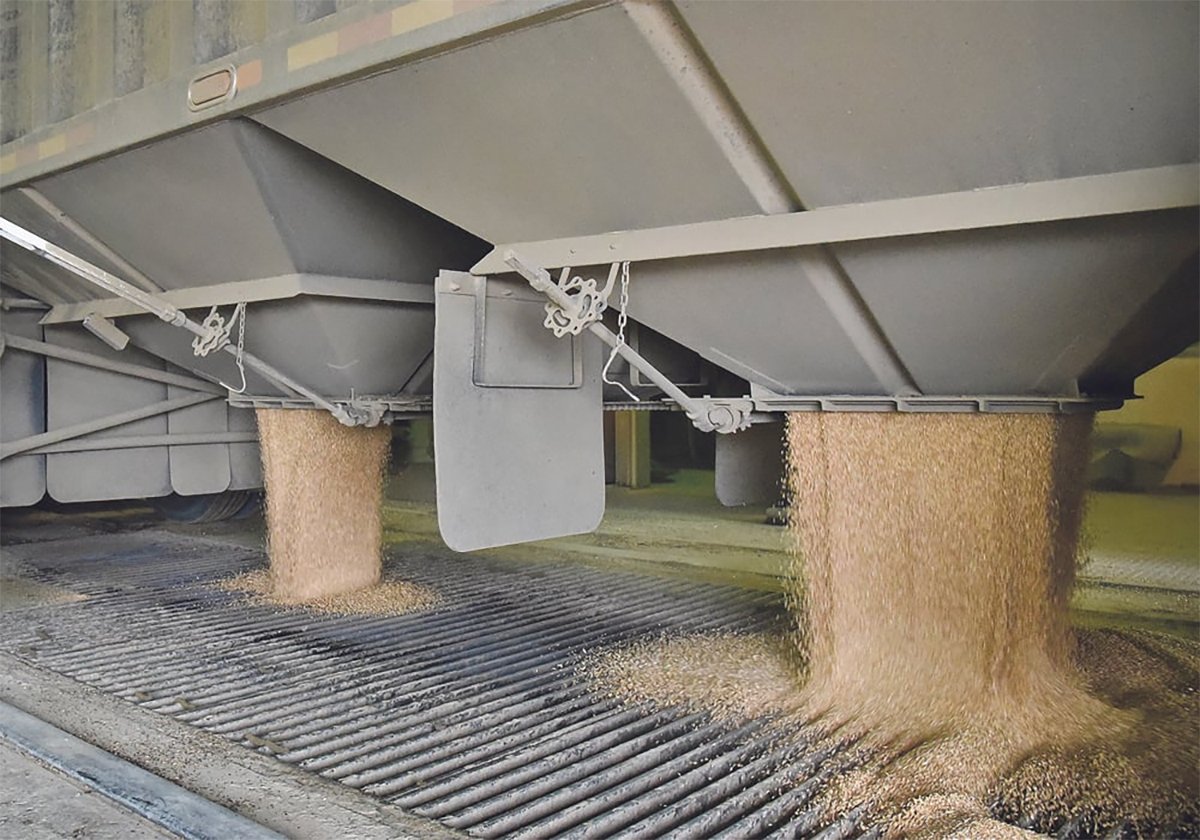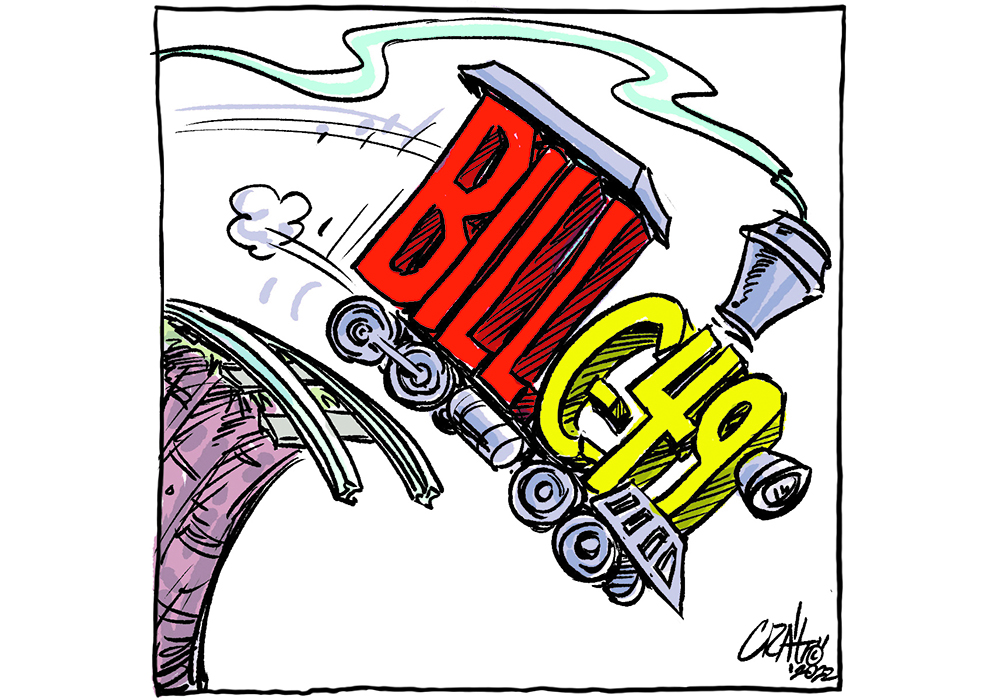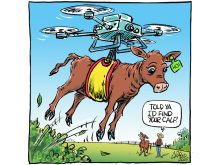Four years ago next week, Parliament passed Bill C-49, which became the Transportation Modernization Act. It was a popular piece of legislation for the grain shipping side of the agricultural community.
Transport Canada and the Canada Transportation Agency went right to work and rolled it out in time for the 2018-19 harvest.
For a couple of seasons, decades of poor rail grain shipping performance seemed to roll away with each passing hopper car. Grain companies continued expansion plans with new loop tracks and higher throughput loading facilities. Grain movement to port set new records.
Read Also

Worrisome drop in grain prices
Prices had been softening for most of the previous month, but heading into the Labour Day long weekend, the price drops were startling.
Economic slowdowns due to COVID-19 freed up rail capacity from competing products, such as western Canadian oil, coal and container traffic to and from Southeast Asia’s locked-down factories and ports and for two years, mild winters helped keep main prairie rail lines open and mountain passes passable.
But now the bloom has come off this rose.
The railways say a resumption of traffic from pandemic lows hasn’t affected their abilities to move grain but shipping statistics tell a different story.
In weeks 23 through 35, Canadian National Railway’s grain car order fulfilment averaged just 53 percent, while at Canadian Pacific Railway things were marginally better at 65 percent.
Even before last season’s atmospheric river washed away key railbeds in British Columbia, questions were raised about grain capacity in a post C-49 world.
Over the past five years, railway fleet sizes have grown 2.5 percent and loaded weight per car has increased by three, and car cycling times have improved.
Those increases would sound good if it weren’t for grain production expansion. With the exception of last year’s drought-induced reduction, farmers are increasing yields by about three percent annually. Grain companies have been taking in those crops with 14 percent more grain storage on the Prairies in the last five years and 11 percent more at port terminals. That has resulted in 17 percent more throughput available in their parts of the system.
At these rates, a rail system that wasn’t keeping up pre-pandemic isn’t going to be do it post-pandemic unless it gets more rolling stock, more crews and better rail infrastructure.
Grain shipments grew by nearly 30 percent in 2020 but it was done without much competition for track and crews. What is going to happen this year when the largest crop investment in Canadian history turns into the biggest and most valuable crop in history?
Railway investor pressure is tied to operating ratios. Less track, less equipment and fewer people result in better evaluations and higher share prices. That strategy might work for easy miles in warm, flat country, but not for western Canadian exports off the coast.
Bill C-49 was intended to give shippers access to the teeth of government when railways fell short of their commitments. So far, that hasn’t happened.
Instead, when asked to look at the current situation, the CTA said shipping volumes on an annual basis were just fine.
But averages over a year don’t recognize the limits on farmer activity. If farmers had 12 months to seed a crop, then three acres per hour might seem like a pretty good pace. But grain must move in a very short time to meet market demand.
While rail companies caught up on grain shipping this spring, it was done with a smaller drought-affected crop.
Bill C-49 had promise. If implemented as grain shippers once thought it would be, and government acts to remedy the current situation, that promise remains.
Karen Briere, Bruce Dyck, Barb Glen and Mike Raine collaborate in the writing of Western Producer editorials.















